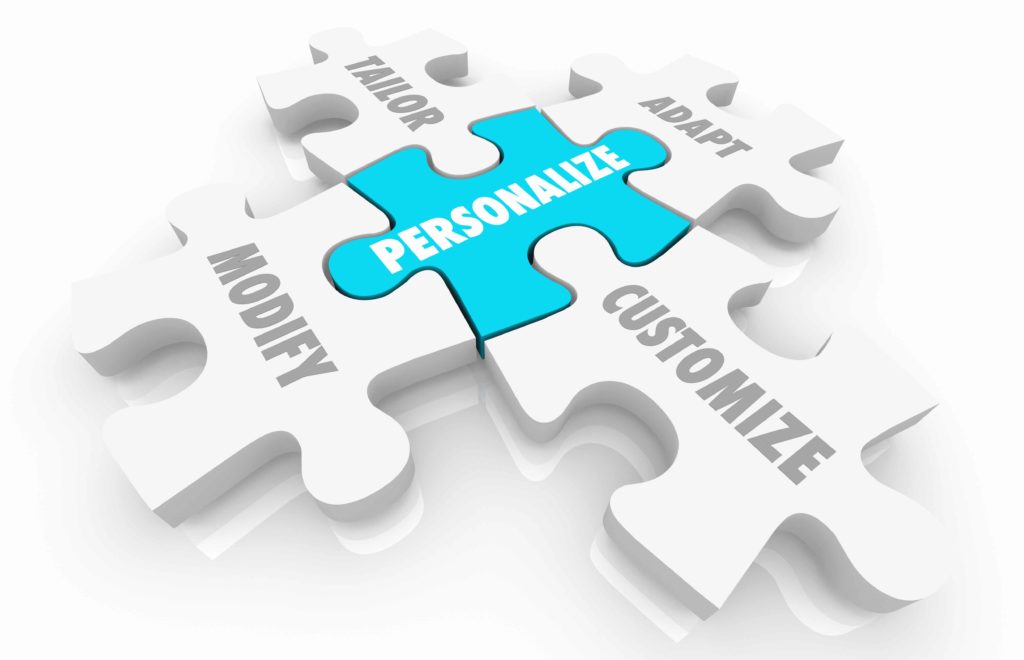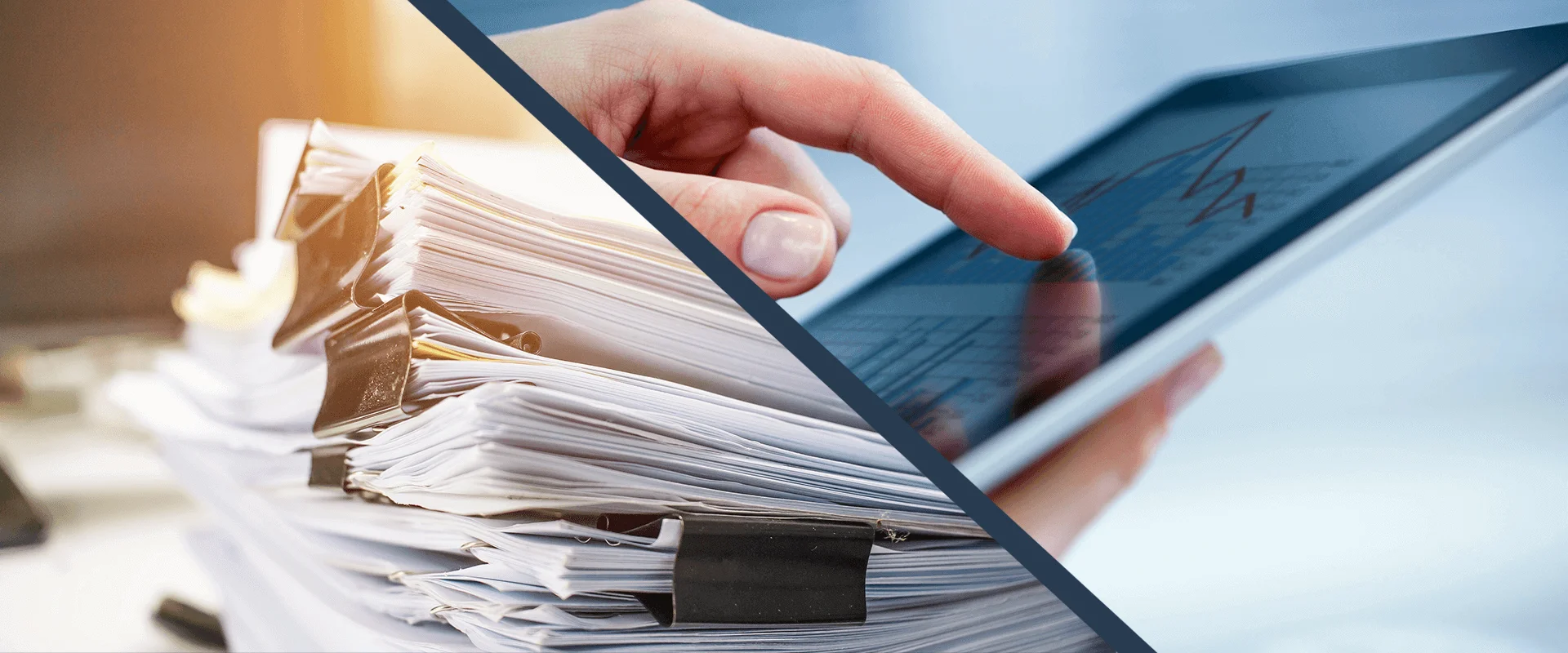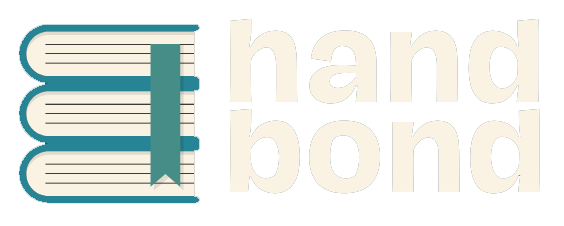Best Explanation 2024: The Difference Between Digital and Paper Planners
Introduction
The Difference Between Digital and Paper Planners

The Difference Between Digital and Paper Planners
In the fast-paced world of 2024, staying organized is more important than ever. Whether you’re managing a busy work schedule, tracking personal goals, or keeping up with daily tasks, planners are essential tools for boosting productivity and staying on track. But with the rise of technology, many are left wondering: should you go for a digital planner, or stick with the traditional paper planner? In this Best Explanation 2024 guide, we’ll break down the pros and cons of both, helping you decide which option fits your lifestyle and planning needs.
1. Convenience: Carrying Your Planner Around
The Difference Between Digital and Paper Planners

One of the biggest considerations when choosing between digital and paper planners is convenience. With digital planners, you have the ability to carry your planning system everywhere—whether it’s on your phone, tablet, or computer. Apps like Google Calendar, Trello, and Notion sync across multiple devices, making it easy to access your schedule on the go.
On the other hand, paper planners offer a tactile experience. Many people love the feeling of flipping through pages, writing with a pen, and customizing their planners with stickers and notes. However, carrying a physical planner can sometimes be cumbersome, especially if it’s large or bulky.
Digital Planner Benefits:
- Accessible from multiple devices
- Always with you if you have your phone
- No need to worry about running out of space
Paper Planner Benefits:
- Tangible and customizable
- Encourages mindfulness and reflection
- Offers a break from screen time
2. Flexibility and Customization
The Difference Between Digital and Paper Planners

When it comes to customization, both digital and paper planners have their strengths. Digital planners often offer more flexibility, allowing you to move tasks around, change layouts, and add images or links. Some apps even offer templates and themes that you can personalize to suit your aesthetic preferences. Plus, digital planners can integrate with other tools like to-do lists, reminders, and even time-tracking apps.
However, for some, nothing beats the personal touch of a paper planner. With paper, you have the freedom to doodle, use colorful pens, and experiment with washi tape and stickers. Many people find the creative aspect of designing their own layouts and themes to be therapeutic and enjoyable.
Digital Planner Customization:
- Easily adaptable and changeable
- Templates, fonts, and themes
- Syncs with other productivity tools
Paper Planner Customization:
- Unlimited design freedom
- Use of handwriting, stickers, and physical tools
- Encourages creative expression
3. Writing Experience: Digital Typing vs. Handwriting
The Difference Between Digital and Paper Planners

One key difference is the writing experience itself. In a paper planner, you physically write down your tasks, goals, and events. Many people find this to be a calming process that helps them remember things better. The act of writing can also promote deeper thinking, as it slows down the process and gives you time to reflect on your plans.
With digital planners, typing is the norm. While this allows for speed and efficiency, it can sometimes feel less personal. However, some digital tools do offer handwriting features if you use a stylus on a tablet, which can bring back that more traditional feel.
Digital Planner Writing:
- Fast and efficient typing
- Some tools offer handwriting with a stylus
- Easy to make edits or corrections
Paper Planner Writing:
- Physical writing promotes better memory retention
- More intentional planning
- Allows for reflective thinking
4. Sustainability: Paper vs. Digital
The Difference Between Digital and Paper Planners

For the environmentally conscious, sustainability is an important factor. While paper planners require physical materials like paper, ink, and shipping, many are made from recycled materials and are designed to be eco-friendly. However, if you frequently purchase new planners, the environmental impact can add up over time.
Digital planners, on the other hand, are completely paperless, which might seem like a more sustainable option. However, the devices you use to access digital planners, such as smartphones and tablets, also have an environmental cost in terms of production, energy consumption, and e-waste.
Digital Planner Sustainability:
- Paperless system, reducing physical waste
- Device production and electricity consumption impact
Paper Planner Sustainability:
- Can choose eco-friendly and recycled planners
- Repeated use of paper materials over time
5. Focus and Distraction Levels
The Difference Between Digital and Paper Planners
One of the biggest complaints about digital planners is the potential for distractions. While using a planner on your phone or tablet, it’s easy to get sidetracked by notifications, social media, or emails. For people who struggle with digital distractions, paper planners offer a welcome break from screens and help keep focus solely on the task at hand.
That said, digital planners have features that allow you to set reminders and alerts, helping you stay on track with your goals without missing any deadlines.
Digital Planner Focus:
- Possibility of digital distractions
- Helpful alerts and reminders
- Syncs with your other tasks and apps
Paper Planner Focus:
- Screen-free, reducing distractions
- Encourages focus and concentration
- A calming, intentional experience
6. Price: One-Time vs. Subscription Costs
The Difference Between Digital and Paper Planners
When it comes to price, paper planners usually involve a one-time cost. Depending on the brand and features, a good-quality paper planner can range anywhere from $10 to $50 or more. Once purchased, it’s yours to use for the entire year.
Digital planners often come with a variety of pricing options. Some apps are free, while others operate on a subscription model, requiring monthly or annual payments. However, digital planners often provide regular updates, new features, and the flexibility to use them for multiple years.
Digital Planner Costs:
- Many free or affordable app options
- Subscriptions may be required for premium features
- Can be reused and updated continuously
Paper Planner Costs:
- One-time purchase, no recurring fees
- Costs depend on brand and customization options
- Limited to the year you buy
Conclusion: Which Planner Is Right for You?
The Difference Between Digital and Paper Planners
Choosing between a digital and paper planner comes down to your personal needs, preferences, and lifestyle. If you value portability, flexibility, and integration with other tools, a digital planner may be the best choice for 2024. However, if you prefer a hands-on, creative approach that helps you stay focused without distractions, a paper planner could be the ideal fit.
Ultimately, both options have their advantages. Some people even combine the two by using a digital planner for work and a paper planner for personal life or creative projects. Whichever you choose, the key is to find the planner that helps you stay organized, productive, and on top of your goals in 2024.
Follow Us:
https://x.com/Handbondshop
https://pinterest.com/handbondshop/
